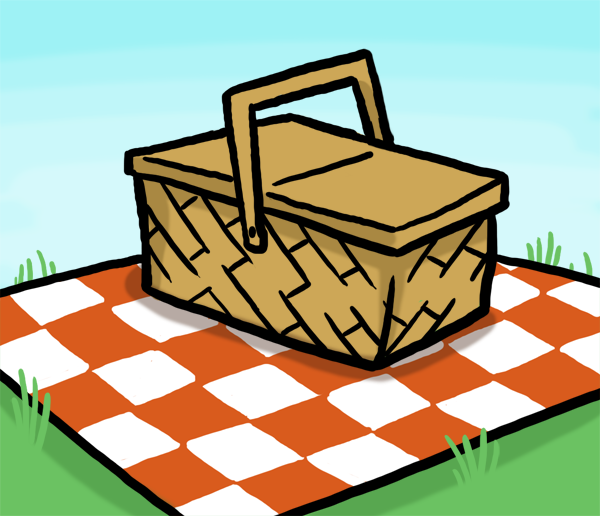Tomorrow Emilie and I deliver our first session of intermediate French for teachers keen to know more about nouns, adjectives and verbs .
Here is a game that we are going to play with the teachers ,based on this poster I found on pinterest a while back!
It's a game that I think the teachers can then play back in school with the children they teach who are moving on in their language learning and becoming more independent in their use of bilingual dictionaries to find their own key language such as nouns.The game is simple and could be used in KS2 and then again in Y7 KS3 to ensure that children can and do access bilingual dictionaries appropriately and effectively.
First a little warm up and revisiting activity ......
Here is a game that we are going to play with the teachers ,based on this poster I found on pinterest a while back!
It's a game that I think the teachers can then play back in school with the children they teach who are moving on in their language learning and becoming more independent in their use of bilingual dictionaries to find their own key language such as nouns.The game is simple and could be used in KS2 and then again in Y7 KS3 to ensure that children can and do access bilingual dictionaries appropriately and effectively.
This is the game "I Spy Nouns":
First a little warm up and revisiting activity ......
- Children to work in pairs.
- Each pair requires an "I Spy sheet".
- Children require either a piece of rough paper and pen or a mini-whiteboard between them.
- Each pair requires access to a bilingual dictionary - best if there is one between two.
- Ask the children in pairs to look for pictures of nouns they think they may already be able to say and write in the target language e.g cat/ fish, elephant.
- Ask the pairs to write down up to five of these nouns in the target language on the mini -white board.
- You could ask more advanced learners to try to remember if they have used the nouns from step 6 before with "un/le" or une/ la".Ask them to write this next to the noun on the whiteboard
- Now ask them to find the target language nouns they have written down on their mini-whiteboards in their bilingual dictionary and ask them to check the spelling.If they have thought about the definite/indefinite article and also to verify if they selected the correct choice between either "un/le" or "une/la"
- Is there anything they need to change in the target language that they have already written on the mini-white board ?
Now they are ready for their I Spy Noun Explorers pair game
To play this game the children will need to create a two column simple chart for French and Spanish to record the nouns they find as masculine /feminine (and for German a three column chart with the additional column for neuter nouns)
- Ask the children to take it in turns to look at the pictures on the sheet and to take it in turns to find one of the items they can see in the bilingual dictionary.
- The child looking for the target language noun must look it up in the English section of the dictionary and then write it out clearly for their partner on their mini-whiteboard.
- Now the other partner must read what has been written on the mini white board and then find the noun in the target language section of the dictionary.
- Once the child has found the English meaning and he/she must locate the item on the picture.
- Ask the two children together to investigate whether the noun is masculine / feminine or as well in German neuter using the clues in the dictionary written next to the noun.
- Ask the children to then write the noun down on their noun table under the correct category of masculine / feminine or neuter nouns.
- The children swap roles and play the game again.
- Why not give children categories for example on this picture there are nouns to do with meal times, a season, weather, clothes, animals?









